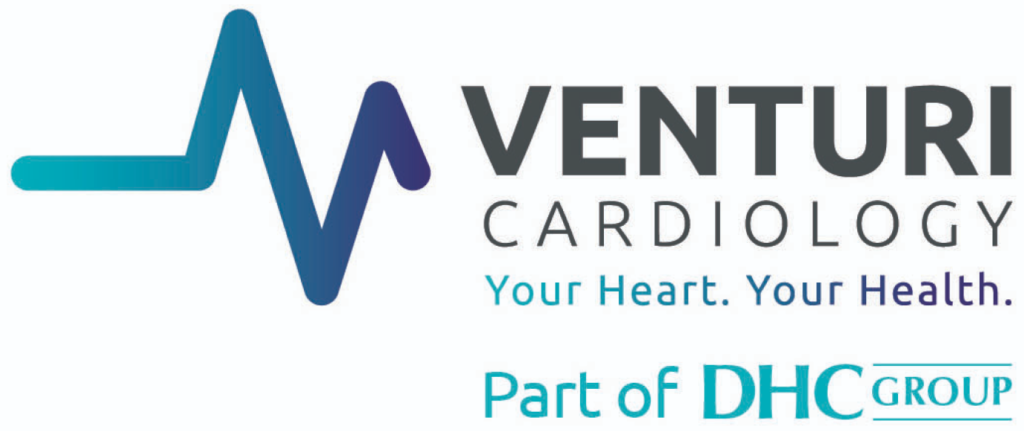The health of your arteries and veins is vital for your well-being. If arteries are narrowed or blocked, this impedes the blood supply to various body parts leading to an increased risk of heart attacks and angina.
There are lots of reasons arteries could become impaired: Conditions such as tumours, injuries, vessel rupture, blood clots and blockages can all lead to your arteries’ functionality becoming affected.
One test to help diagnose conditions that affect your arteries is a Computed Tomography Angiography (CTA). If you have an upcoming CTA test with your radiologist, or perhaps you believe you might need one, you’ll find all the information about the procedure in this article. But first let’s explainwhat exactly is a CT angiogram.
What is a CT angiogram?
A Computed Tomography Angiography, commonly known as a CT Angiography or CTAis a procedure during which a contrast dye material is introduced into your bloodstream. This can then be easily identified during a subsequent CT scan that helps doctors determine blood flow and anything that can affect it, namely blood vessel disease, aneurysms and blockages. The procedure is generally performed in a radiology department using:
- X-rays with catheters
- Magnetic resonance imaging (MRI)
- Computed tomography (CT)
The examination produces detailed images of all major blood vessels running through the body. From these high-resolution CT images, it is possible to see which arteries might be unusually narrowed, blocked, or otherwise affected.
When is a CT angiogram necessary?
Physicians may use a CTA when symptoms are pointing towards a variety of heart conditions that affect the arteries, such as:
- Aneurysms
- Blockages
- Tumours
- Vessel rupture or tears
- Injury
- Disorganised blood vessel or vascular malformations
They may also request a CT angiography as a follow up to surgeries such as coronary bypass surgeries and stenting.
How to prepare for a CT angiography
When preparing for your appointment, wear comfortable and loose-fitting clothing. You may need to wear a gown during the procedure itself. All metal objects, such as glasses, jewellery, dentures or pins, may affect the final image, so either leave these at home or be prepared to remove them.
You may be required not to eat or drink anything for a few hours before the examination. This is usually the case if contrast material is injected. You should also inform your doctor about any medication you are using and any known allergies to contrast material. Steroids can be prescribed to reduce the risk of an allergic reaction, butbecause this might cause a delay, you should let your doctor know well ahead of the tests if an allergy might be a concern.
Women should also inform physicians if there is any possibility you might be pregnant. You might also not be able to breastfeed for some time after the examination until the contrast material has cleared from your system. This usually takes about 24 hours.
Do you have questions about CT angiography?
Venturi Cardiology is a comfortable and reliable private cardiology clinic, based in the northwest. Our friendly experts offer consultations and can allay any concerns about your heart health or upcoming procedure. If you think you might need a CT angiography because you are experiencing symptoms of angina, get in touch today to book an appointment and speak with a cardiologist.












